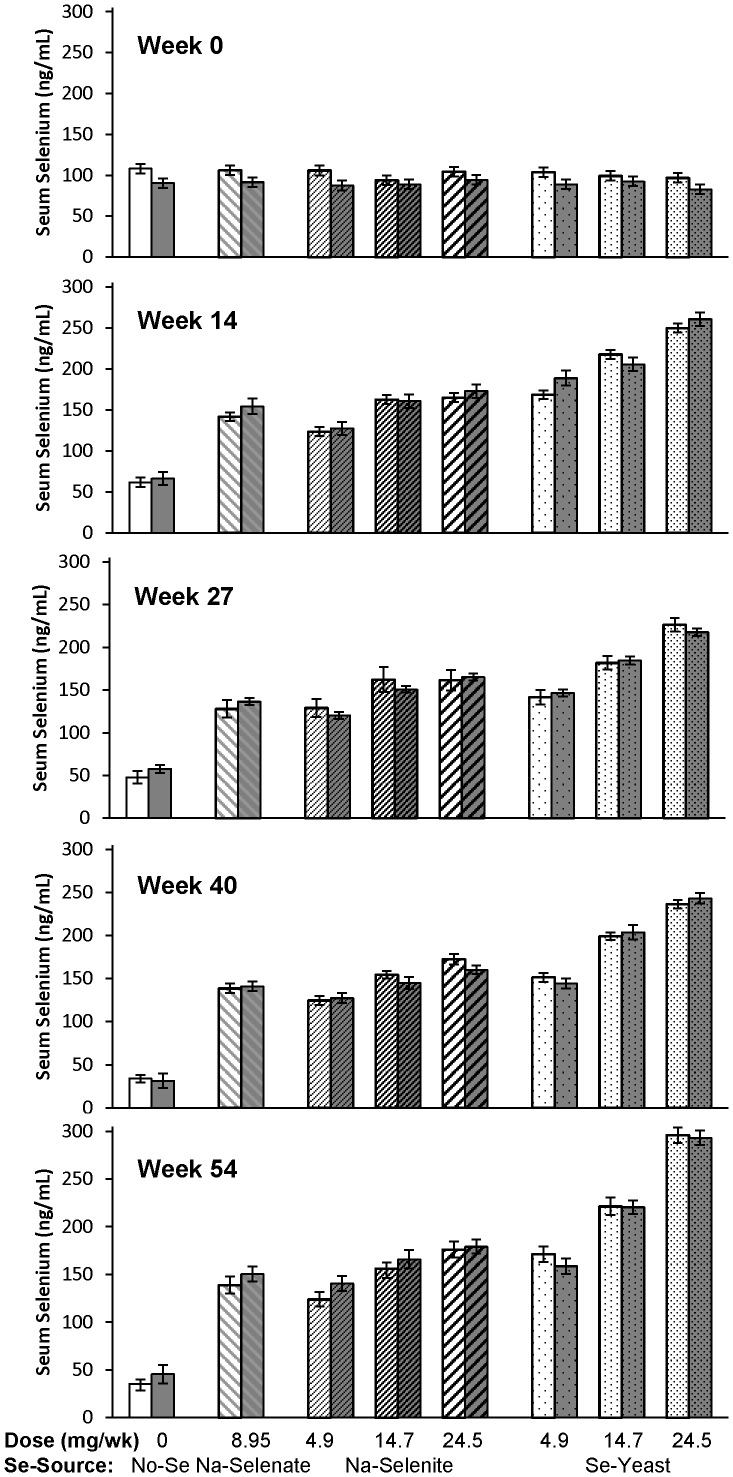Figure 3. The effect of Se-source, Se-dosage, and foot rot status on serum-Se concentrations in sheep.
Serum-Se concentrations were measured after 0, 14, 27, 40, and 54 wk of Se supplementation, and foot rot severity was assessed after 0, 20, 28, 40, and 60 wk of Se supplementation in ewes receiving no Se treatment, Na-selenate at a dosage rate of 8.95 mg Se/wk per ewe, or Na-selenite and Se-Yeast at 4.9, 14.7, or 24.5 mg Se/wk per ewe for 62 wk. Serum-Se concentrations for each treatment group are shown as separate bars for healthy sheep (lighter background) and for sheep with foot rot (darker background). At baseline (wk 0), no significant treatment group differences were observed; however, healthy ewes had higher serum-Se concentrations than ewes with FR (P = 0.01). After treatments started, group differences by foot-rot status subsided, whereas Se-source and Se-dosage affected serum-Se concentrations. Both healthy and FR-affected ewes that received no Se treatment had decreased serum-Se concentrations (P < 0.0001). Supranutritional Se-yeast supplementation increased serum-Se concentrations linearly with dosage (P < 0.0001), whereas ewes receiving supranutritional Na-selenite supplementation at 14.7 and 24.5 mg Se/wk achieved similar serum-Se concentrations as ewes receiving 4.9 mg/wk of Se-yeast.

